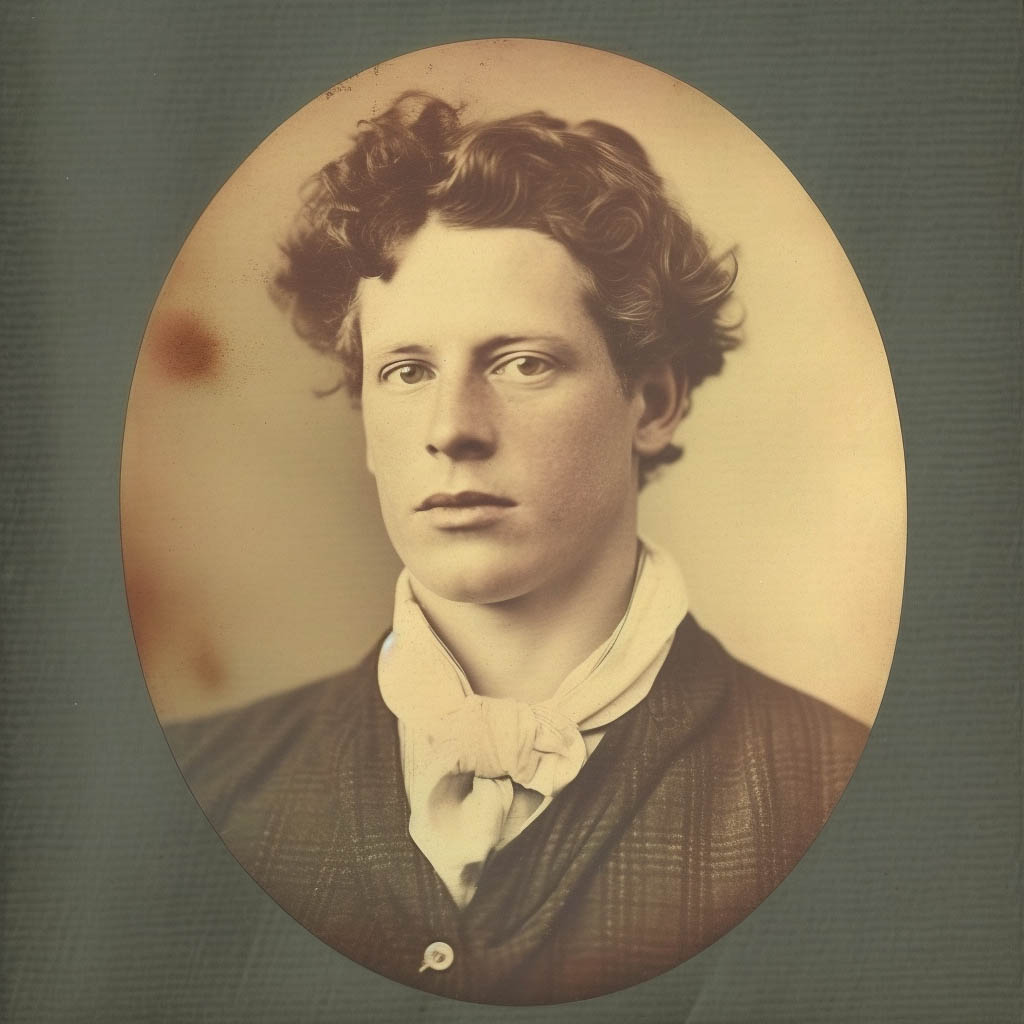
Karl Bryullov
/1799-1852/
Karl Bryullov, born on December 12 (23), 1799 in St. Petersburg, hailed from a family with artistic lineage. His father, Pavel Ivanovich Briullo, was an academician, woodcarver, and engraver of Huguenot descent. Italy held a special allure for Bryullov, and despite his education at the Imperial Academy of Arts, he didn't wholly adopt the classical style favored by his mentors and brother, Alexander Bryullov.
Upon completing his education, Bryullov ventured to Rome, where he worked as a portraitist and genre painter until 1835. It was during this period that he transitioned into historical painting, ultimately achieving acclaim for his masterpiece, "The Last Day of Pompeii" (1830–1833). This monumental work, likened to the masterpieces of Rubens and Van Dyck, garnered widespread recognition and established Bryullov as a leading European artist.
Upon his return to Russia, Bryullov found himself in high regard within the aristocratic and intellectual circles. He also secured a prominent position in the Imperial Academy of Arts. During his tenure there, he developed a portrait style that blended neoclassical simplicity with a romantic sensibility, characterized by a keen psychological insight.
While working on the plafond of St. Isaac's Cathedral, his health took a sudden turn. Following medical advice, Bryullov left Russia for Madeira in 1849, spending his final years in Italy. He passed away in the village of Manziana near Rome and was laid to rest in the Cimitero Acattolico. This anecdote concerning Bryullov featured in Leo Tolstoy's writings, underlining his enduring legacy in the realm of art.